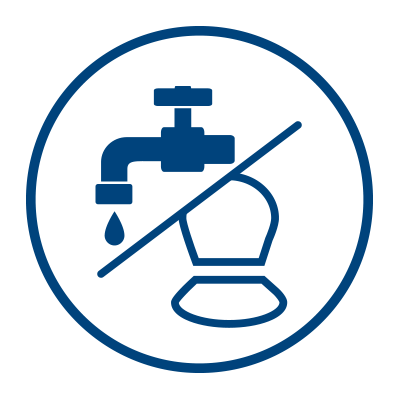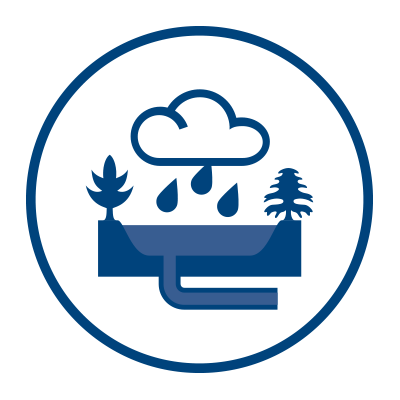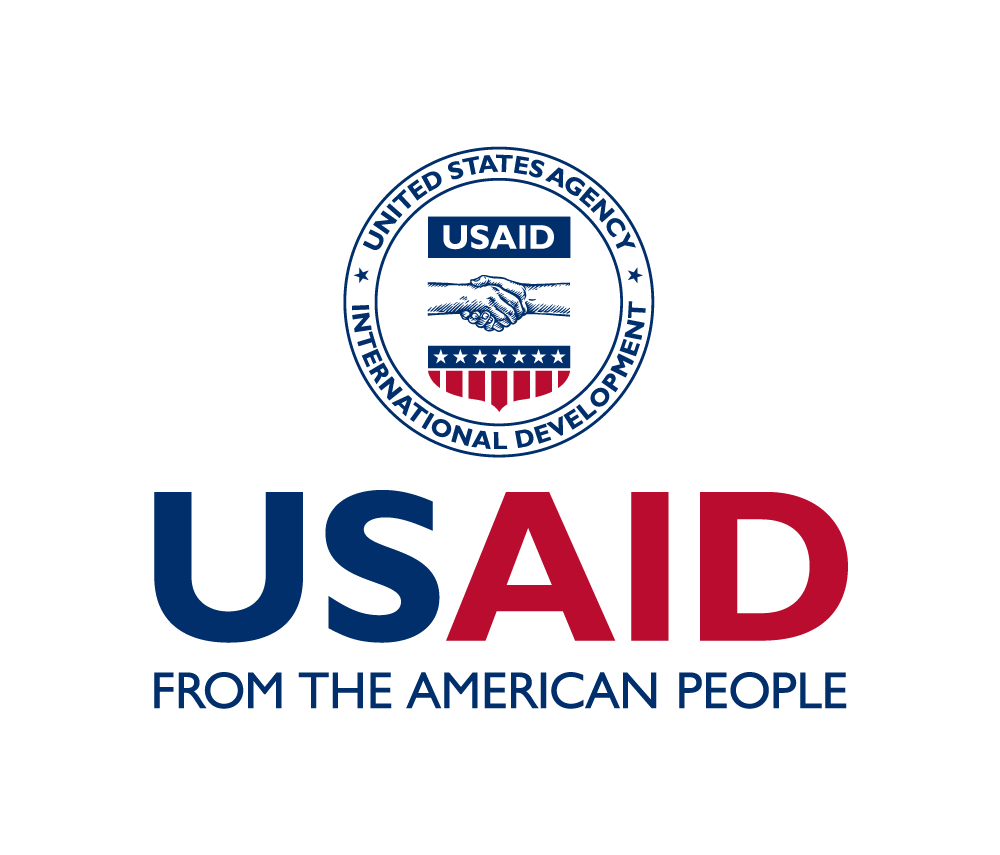Applying the “Internet of Things” to Water Systems

The Story
In many respects, Ethiopia’s lowlands represent the final frontier for the country’s ambitious plans to improve WASH coverage through its One WASH National Program. These harsh, arid lands are home to predominantly pastoral communities that roam with their livestock in search of water and grazing lands. Adding to these challenges are the pressures of regular droughts, depleted groundwater tables, and a lack of institutional capacity on the human and data side.
The four-year USAID Lowland WASH Activity aims to accelerate Ethiopia’s progress for improving access to basic drinking water services and reducing open defecation, along with improving efficiency of natural resource management, water governance, and data management.
In two of the activity’s three focal regions, Afar and Somali, mechanized boreholes serve as the predominant water schemes. These motorized water points benefit large numbers of communities, so a system failure affects a lot of people. Nationwide inventories paint a bleak picture of water point functionality. In some areas up to 40 percent of water points appear to be nonfunctioning. And the reasons go way beyond water availability — including poor construction, lack of resources, and insufficient manpower for maintenance, repair, and response.These complex systems require huge capacity and significant planning to address maintenance backlogs.
This is where Lowland WASH’s push to increase water system functionality comes into play. Because of high nonfunctionality rates and low government capacity, Afar became the logical place to launch a pilot of the activity’s innovative approach to asset management. With the help of private-sector partner SweetSense, 185 sensors have been installed so far in the region to conduct real-time data monitoring of each water scheme’s operations. These sensors rely on the same technology that enables many people in the United States to program their thermostats remotely from an app on their phones. Sensors transmit a daily data flow signal via cell phone or satellites (in the case of more remote settings) to a central cloud-based remote dashboard. This system maps where the problems are to help the water bureau plan and prioritize its maintenance responses. Maintenance requests will be tracked through a ticket system and tasks assigned to the operations and maintenance department and relevant staff or crew for response.
Currently, 100 percent of the mechanized water points are being monitored using the unique sensors and tracked using a data visualization platform created with technical assistance from mWater, which is connected to the regional water bureau’s management information system. Customization of the mWater tracking platform is being finalized in preparation for a hand off to the Afar Regional Water Bureau in the coming months, and training of local technicians and water officials is underway. “These sensors will help us significantly by improving timeliness of our maintenance responses,” says Ahmed Sultan, deputy head of the Afar Regional Water Bureau.
Find More
Strategic Objective(S)
 Access to Safe Drinking Water and Sanitation
Access to Safe Drinking Water and Sanitation
 Water Resources Management
Water Resources Management



Highlight